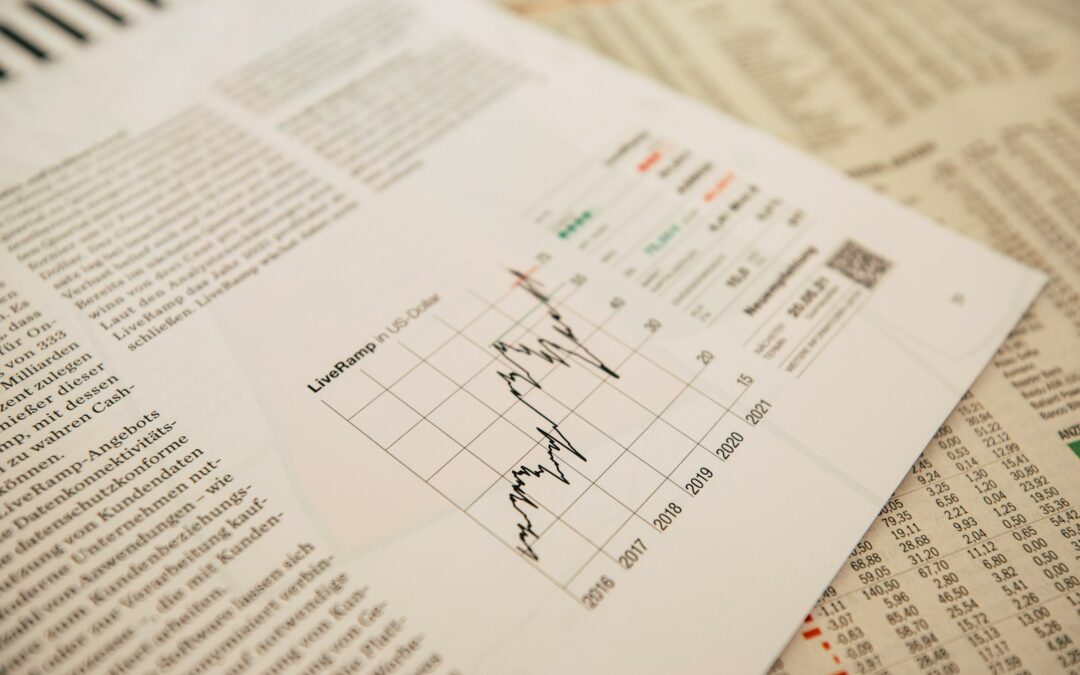Its dual mandate is low unemployment and inflation, two often competing goals. Raising interest rates can slow inflation but increase job losses, while cutting interest rates can increase hiring but risk faster inflation.
A potential rock-hard-place moment for the Fed has Powell increasingly cautious, fearful that cutting or raising interest rates may have severe consequences.
Americans are already pinching pennies because of higher prices over the past three years, and layoffs are rising. While CPI inflation has fallen to 2.4% from above 8% in 2022, it remains above the Fed’s 2% target, and newly instituted tariffs could cause inflation to reignite.
Job market uncertainty is equally concerning. The unemployment rate has slowly moved back to 4.2% from 3.4% at 2023’s low, and Challenger, Gray, & Christmas reports that the first quarter’s $497,000 layoffs were the most in a Q1 since recession-riddled 2009.
The economy could tilt into recession if the Fed doesn’t prop up the jobs market with cuts. And if the Fed doesn’t slow inflation with hikes, the anchor on consumer spending could also tilt us into recession.
Of course, the Tariffs that the President promises are on their way. That is one more factor involved in the Fed’s decision to cut rates or leave them the same.


Recent Comments